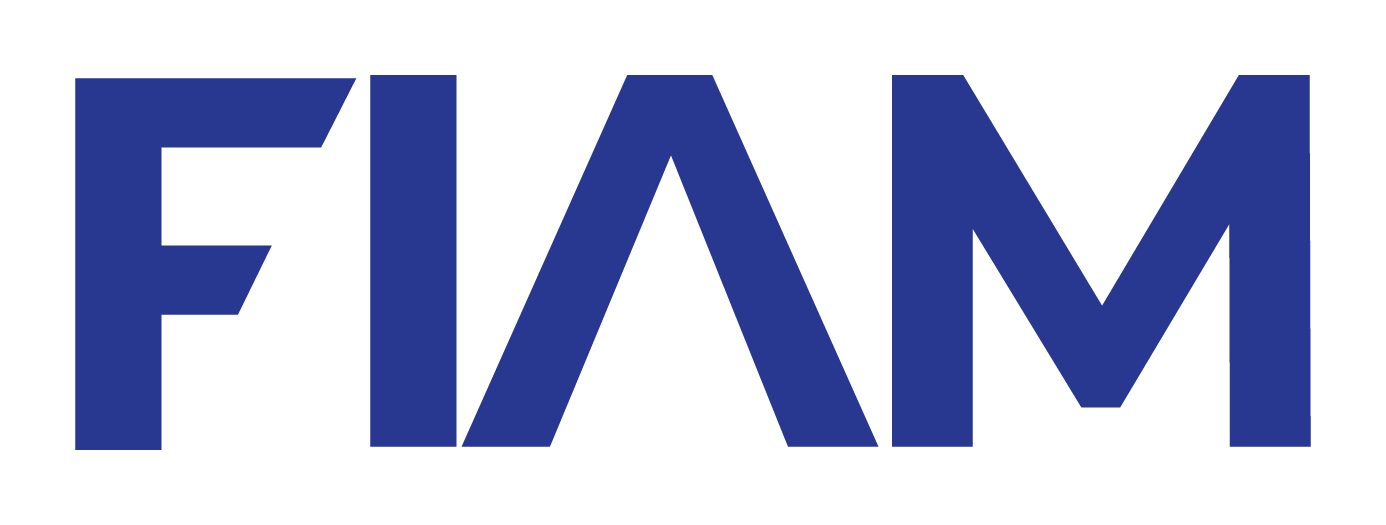
THOUGHT LEADERSThe Future of Securities Trading – Thought Leaders
Before we dive into the future we must first discuss the present. Up until now there have been two distinct securities markets in the United States. Public and Private. Public securities generally trade on a national exchange, this makes them available to most investors through their brokerage accounts thanks to the infrastructure and many pipes built over the past decades. An investor can research the security, then trade it simply through their online brokerage account. There is little friction in transactions, but many middlemen. Private securities on the other hand are harder to locate. In general you have to be an accredited investor, and be on the constant lookout, or be on a mailing list to see what opportunities exist. Few are traded on an exchange or ATS. Liquidity is lacking.
Because public securities trade on national exchanges they are only open for trading for a limited period of time during the day. On the most part you have to trade between 9:30am and 4pm EST. The times date back almost a century, and reflect markets trading around the issuance of news disseminated from morning and evening newspapers. The closing time most likely harkens back to the days when actual people made markets on the floors of exchanges. As one security moves from one person’s hands to another, intermediaries called transfer agents noted the movements so that issuers could discern ownership.
Private securities in general trade between accredited investors. Investors that have income or assets above a certain level. Because there is a limited audience, trading is sporadic, limited and opaque.
The blockchain changes all of this. And perhaps this is the reason why the former SEC Chairman, Jay Clayton, said that he could see all assets moving onto the blockchain in the future.
The blockchain allows companies to digitize their issuances, creating a whole new playing field for both public and private assets. This new playing field makes trading more efficient by cutting out the need for various middlemen. It allows for a 24/7 trading market, fractionalized ownership, and for the first time, thanks to the work of INX Limited, opens up private markets and early stage funding to retail investors. This is the future.
Certainly, there is only a stream today, but we believe wholeheartedly that soon there will be a great migration from legacy markets to the blockchain, and it has already started.
When private securities are digitized – or tokenized – they become more liquid. They are able to be traded around the clock; and listing on an ATS allows issuers to bring clarity and price discovery to a previously opaque market. Once tokenized they can be owned on a fractional basis, and depending on how the issuer filed with the SEC, in some cases they can be traded by retail investors from their IPO through to secondary trading. Before these markets had significant lockup periods directed by their filings. Now, this is changing.
In the public market there are already securities that have decided that the blockchain holds the future when it comes to efficiency, liquidity and clarity. Overstock.com issued a tokenized version of their equity through a dividend payment to holders of their stock. Whereas INX Limited became the first company in history to actually IPO on the blockchain, allowing retail investors to invest in a pre-revenue company in their on-going IPO, in effect a registered ICO. This is a tremendous move forward for securities markets. Previously, retail investors were blocked from these opportunities, opportunities that were only available to accredited investors, private equity funds and venture capitalists.
By listing on the blockchain, companies find they no longer rely on the services of many middlemen. Ownership records are recorded on the blockchain, and a cap table can be viewed in real time. Dividends and distributions can be paid directly to investors, without the need for intermediaries. Thanks to 24/7 trading and fractional ownership, the investor base can expand from the US to a global reach. Tokens in companies can become affordable to anyone regardless of their income and time-zone.
Regulators prefer the blockchain given tokens can have smart contracts, designed to autonomously ensure that all owners of a security have gone through AML and KYC screenings. On the blockchain, a security can only change hands if both parties have whitelisted their digital wallets.
Millennials are also onboard. They’ve grown up with next day delivery on Amazon and have never understood why stock markets open and close – unlike currency and crypto markets. It seems to be a bit unfair that companies are able to issue PR on a Friday after the close, and investors are unable to trade their holdings until the following Monday. Tokenization fixes this.
The future of securities is now. With regulators, issuers and consumers all seeing advantages to tokenization, and with the pathway to tokenization now lit by pioneers like INX Limited, It’s only a matter of time before this stream turns into a torrent.
Source : securities.io
Articles récents
- CFA MONTRÉAL SALUTES LÉDÉENNE CHAPLEAU’S COMMENDABLE COMMITMENT TO THE NEXT GENERATION OF FINANCE PROFESSIONALS

- CFA Montréal Honours Julie Ducharme, Applauding Her Dedication to Montreal’s Financial and Investment Community

- CFA Montréal Honours Danielle Filistin for Contributions to the Academic Community


